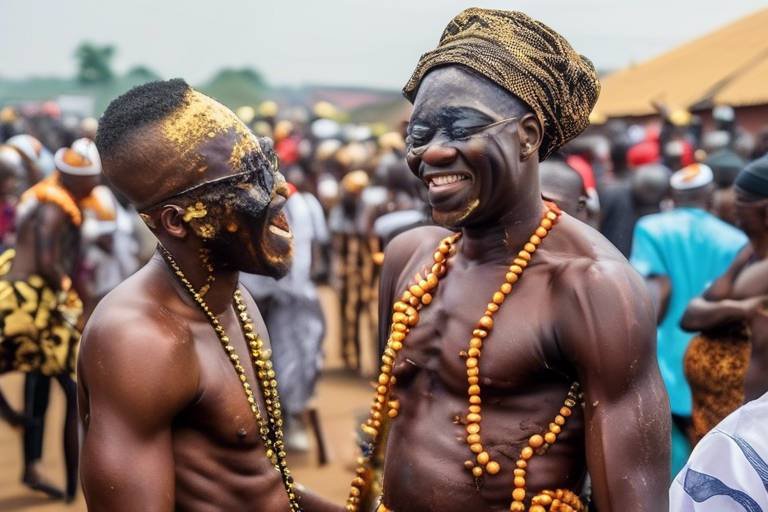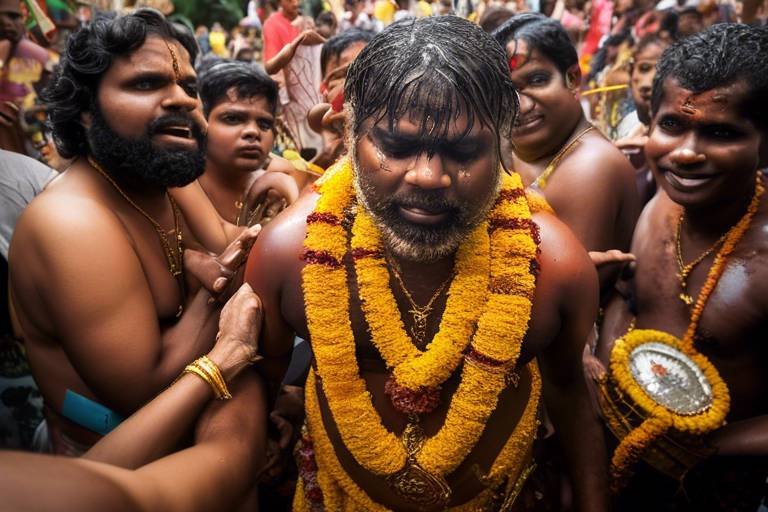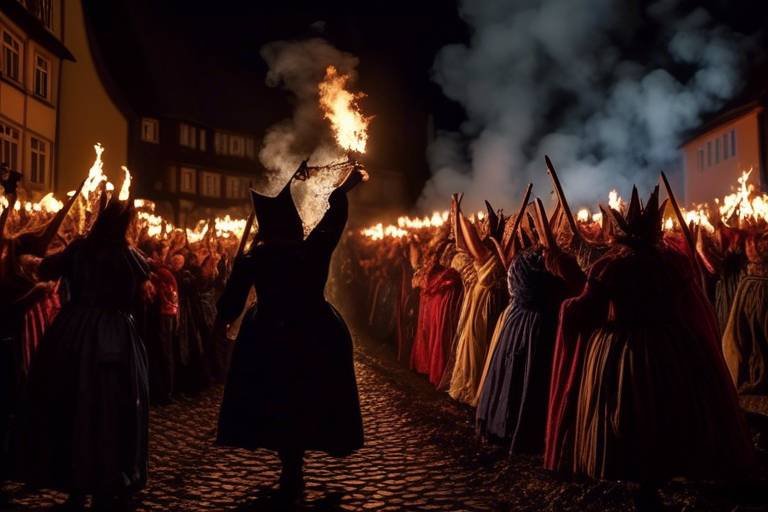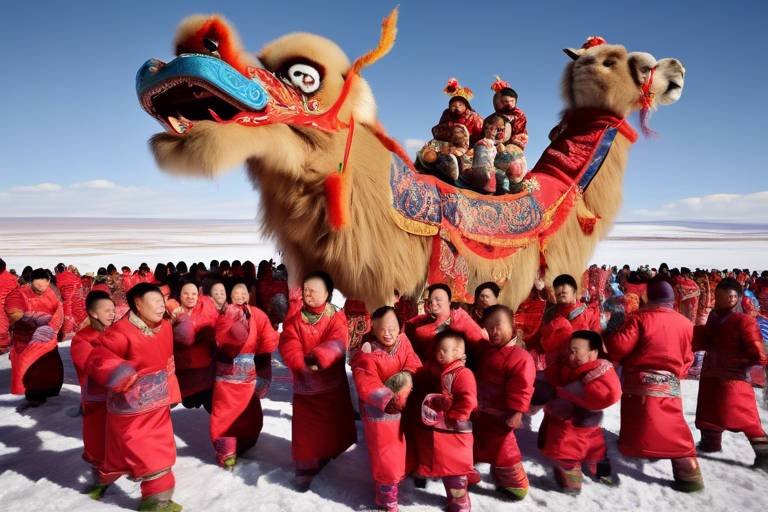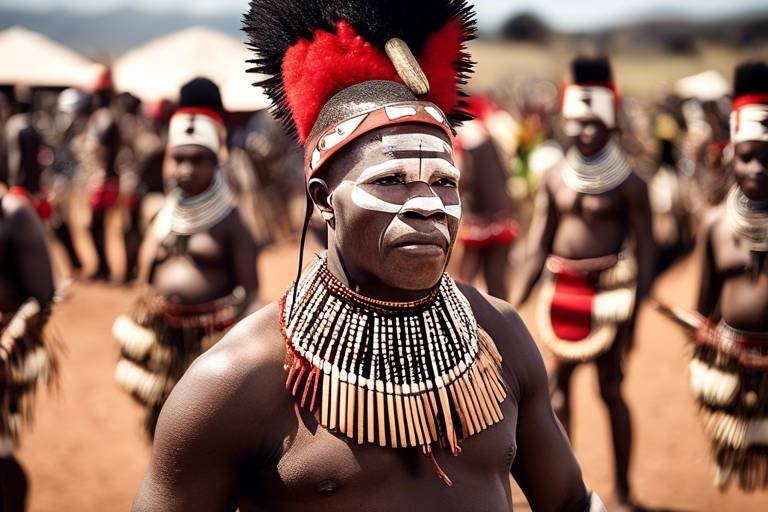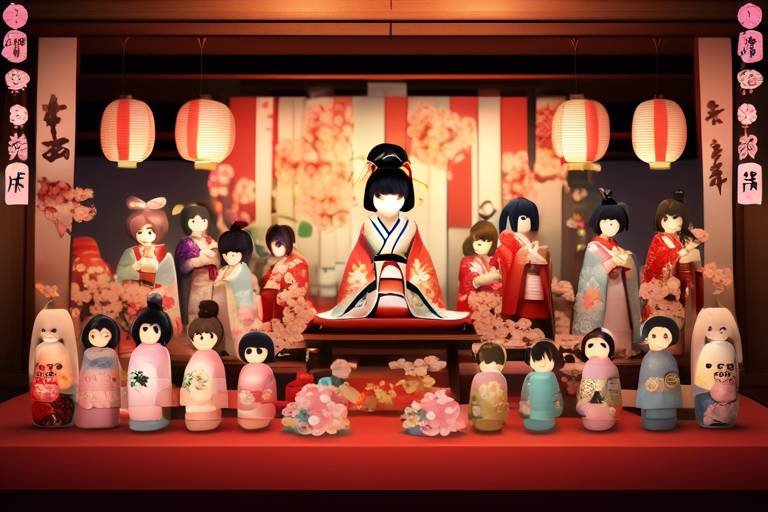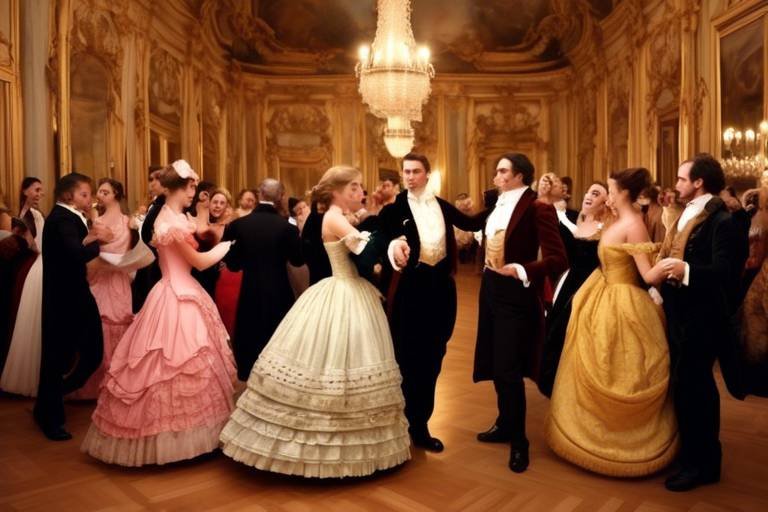Japan's Awa Odori - Dance Your Heart Out
Japan's Awa Odori, known as one of the most vibrant and energetic traditional dances in Japanese culture, is a spectacle that truly captivates the heart and soul of all who witness it. This lively dance form is deeply rooted in history and tradition, originating in the Tokushima prefecture during the 16th century. Over the years, it has transformed into a grand celebration that takes place during the Obon festival, drawing in crowds from far and wide to experience its magic.
The significance of Awa Odori goes beyond just dance; it serves as a powerful way to pay homage to ancestors, rejoice in the beauty of life, and unite communities in a spirit of joy and festivity. The dance moves, accompanied by traditional instruments like shamisen, drums, and flutes, create a mesmerizing rhythm that sets the stage for the dancers to express their exuberance and passion.
As dancers gracefully move with flowing arm gestures and rhythmic footwork, their coordinated choreography symbolizes the essence of joy and celebration. The colorful costumes worn during Awa Odori, including happi coats and straw hats, add a visual richness to the performance, enhancing the cultural experience for both participants and spectators alike.
If you're intrigued by the allure of Awa Odori and want to immerse yourself in this cultural extravaganza, you can actually participate in the festivals held throughout Japan. The inclusivity of Awa Odori allows both locals and visitors to join in the merriment, dance their hearts out, and feel the camaraderie that comes with being part of such a lively tradition.
In modern times, Awa Odori has not only been preserved but also reimagined in various creative ways. From its presence in popular culture, such as music and movies, to contemporary dance performances that blend tradition with innovation, Awa Odori continues to evolve while staying true to its roots.
Efforts to preserve and promote the legacy of Awa Odori are ongoing, with cultural initiatives, educational programs, and international collaborations working towards ensuring the longevity and global recognition of this beloved Japanese dance form. The spirit and energy of Awa Odori truly embody the essence of Japanese culture, inviting all to dance their hearts out and revel in the joy of this timeless tradition.
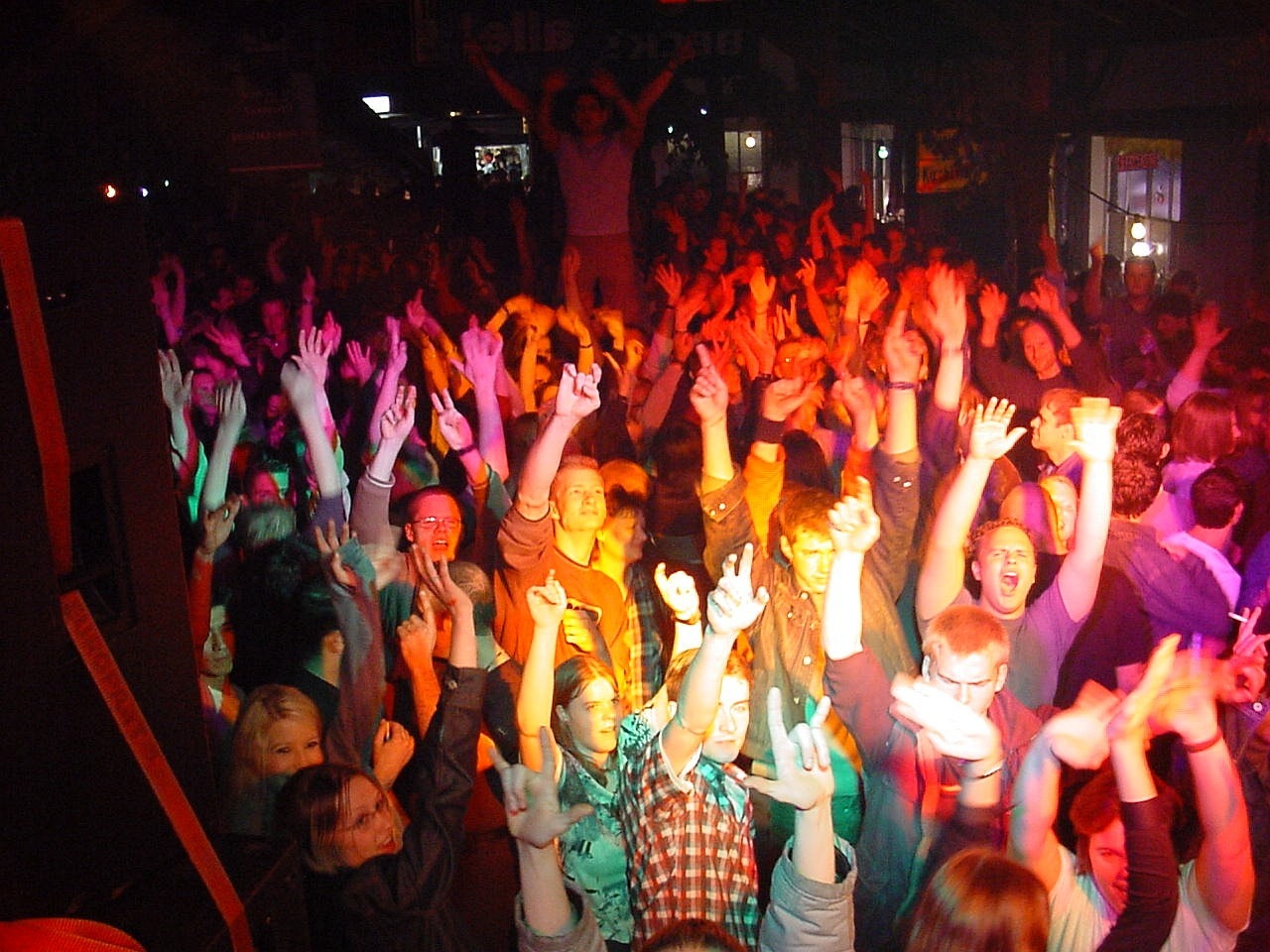
History of Awa Odori
Exploring the captivating history of Awa Odori unveils a fascinating journey that dates back to the 16th century in Tokushima prefecture, Japan. Originating as a celebratory dance during the Obon festival, Awa Odori has evolved into a cherished tradition that symbolizes joy, unity, and cultural pride. The dance's roots are deeply intertwined with the local community, reflecting the resilience and spirit of the people of Tokushima.
The name "Awa Odori" itself carries historical significance, with "Awa" referring to the former name of Tokushima prefecture. The dance's history is steeped in folklore and legend, with tales of its origins varying from a drunken revelry that turned into a coordinated dance to a tribute to a feudal lord's successful governance. Regardless of its exact inception, Awa Odori has endured the test of time, evolving into a symbol of heritage and vitality.
Throughout the centuries, Awa Odori has witnessed various transformations, adapting to changing social landscapes while preserving its core essence. The dance's evolution mirrors the cultural shifts in Japan, blending tradition with innovation to appeal to new generations while honoring age-old customs. Today, Awa Odori stands as a testament to the resilience of tradition and the power of community celebration.

Significance of Awa Odori
The goes beyond just being a traditional dance form in Japan; it holds deep cultural and spiritual importance in the hearts of the Japanese people. Originating in the Tokushima prefecture during the 16th century, Awa Odori is a way to honor ancestors, celebrate life, and strengthen community bonds through music and dance.
At its core, Awa Odori is a festive celebration that marks the Obon festival, a time when spirits of the deceased are believed to return to the earthly realm. The lively and energetic dance performances are not just entertainment but a way to express joy and gratitude for the blessings of life and the presence of loved ones, both past and present.
The significance of Awa Odori lies in its ability to bring people together in a shared expression of culture and tradition. It serves as a reminder of the continuity of heritage and the importance of passing down customs and values from generation to generation, ensuring that the spirit of the dance lives on for years to come.
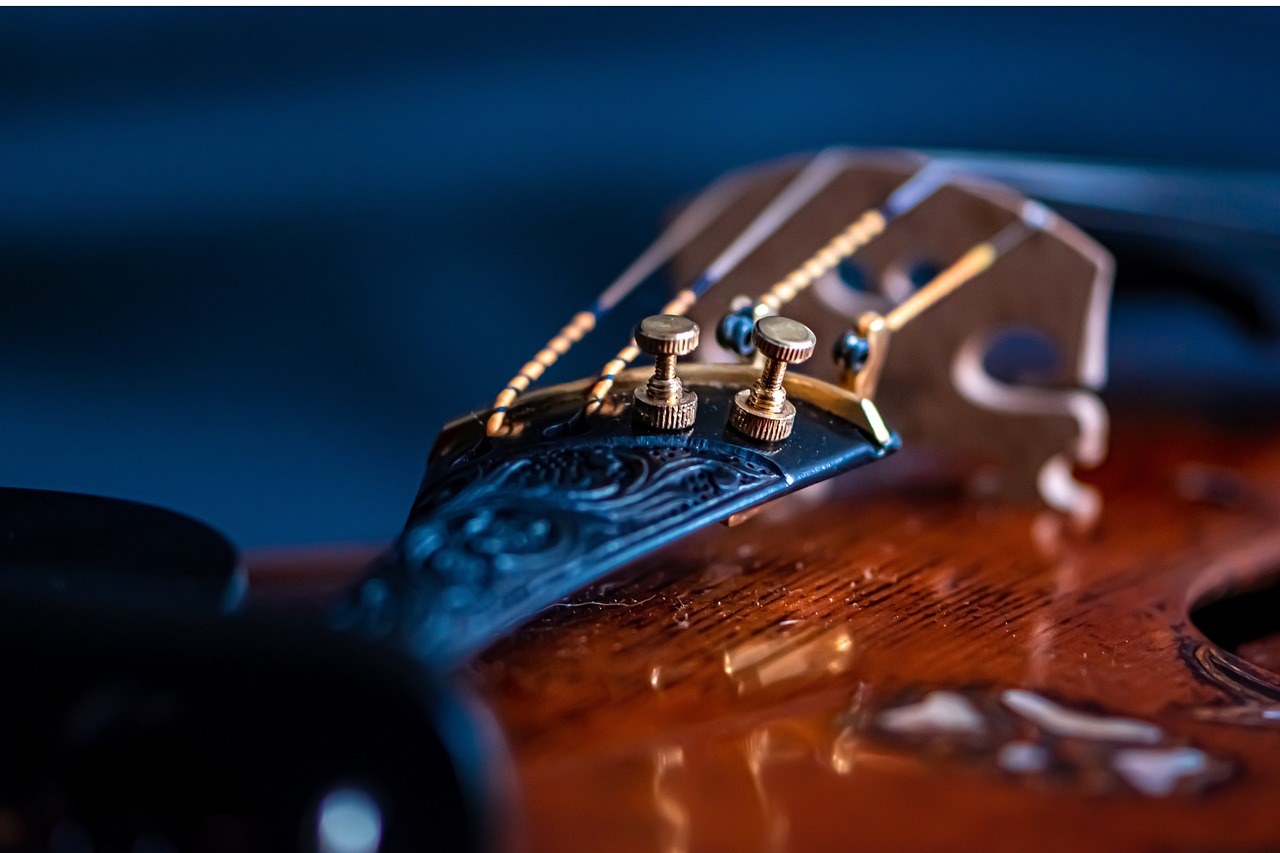
Music of Awa Odori
The music of Awa Odori plays a vital role in setting the energetic and rhythmic atmosphere for the dancers and spectators alike. Traditional instruments like the shamisen, a three-stringed lute, provide a melodic backdrop that captures the essence of Japanese folk music. The deep beats of drums resonate through the streets, driving the tempo of the dance and infusing it with a dynamic pulse that is both invigorating and captivating.
Accompanying the shamisen and drums are the piercing tones of flutes, adding a layer of intricate melodies that weave through the music, enhancing the overall auditory experience. The combination of these instruments creates a symphony of sound that mirrors the exuberance and vitality of the performers, creating a harmonious fusion of music and movement that is truly mesmerizing to witness.

Dance Moves in Awa Odori
Awa Odori, the traditional Japanese dance, is renowned for its intricate and spirited dance moves that captivate audiences with their rhythmic beauty. Participants in Awa Odori showcase a series of flowing arm gestures, rhythmic footwork, and coordinated group choreography that symbolizes joy and celebration. The dance moves are a harmonious blend of tradition and artistry, embodying the essence of cultural expression through movement.
One of the key elements of Awa Odori dance moves is the emphasis on fluidity and grace, with performers moving in sync to the lively beats of traditional instruments like shamisen, drums, and flutes. The dancers' movements are a visual representation of the music, creating a seamless fusion of sound and motion that mesmerizes onlookers and transports them into the heart of the festive atmosphere.
The choreography of Awa Odori is a carefully crafted display of unity and coordination, as dancers move in harmony to create mesmerizing patterns and formations. Each movement is executed with precision and passion, reflecting the dedication and skill of the performers who train tirelessly to perfect their craft and bring the dance to life.
Throughout the performance, dancers exude energy and enthusiasm, infusing each step with a sense of exuberance and vitality that is contagious to all who witness the spectacle. The dynamic nature of Awa Odori dance moves keeps the audience engaged and enthralled, as the performers showcase their talent and express the rich cultural heritage of Japan through movement.
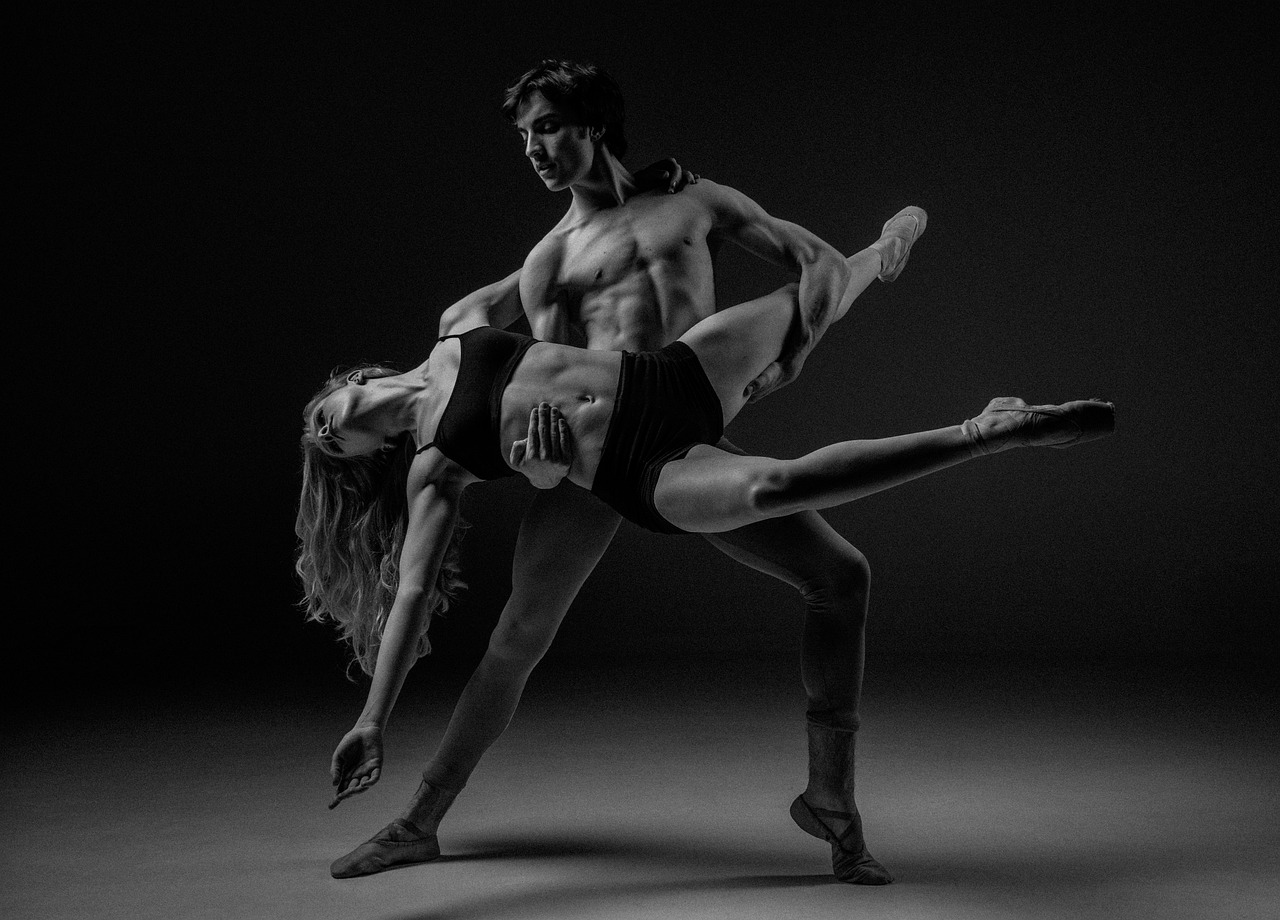
Costumes in Awa Odori
When it comes to Awa Odori, the costumes worn by the dancers play a crucial role in adding to the visual splendor and cultural richness of the performance. These costumes are not just garments but symbols of tradition and identity, reflecting the history and spirit of the dance.
The attire of Awa Odori dancers typically includes vibrant happi coats adorned with bold patterns and colors that catch the eye and enhance the festive atmosphere. These coats are often emblazoned with intricate designs that showcase the group or community to which the dancers belong, adding a sense of unity and pride to the ensemble.
Accompanying the happi coats are straw hats, known as amigasa, which serve both a practical and symbolic purpose. These hats shield the dancers from the sun during outdoor performances, while also harkening back to the agricultural roots of the dance, evoking images of farmers toiling in the fields under the hot summer sun.
Additionally, Awa Odori dancers accessorize their costumes with traditional items such as sensu (folding fans) and tenugui (cotton towels), which are used not only as props during the dance but also as tools to convey emotions and tell stories through graceful movements and gestures.
The overall look of the costumes in Awa Odori is a harmonious blend of history, culture, and artistry, creating a visual spectacle that captivates audiences and transports them to a world of tradition and celebration. Each garment and accessory worn by the dancers carries with it a legacy of generations past, infusing the dance with a profound sense of continuity and reverence for the customs of the past.

Participating in Awa Odori
Are you ready to immerse yourself in the vibrant world of Awa Odori and dance your heart out? Participating in Awa Odori festivals is an exhilarating experience that allows both visitors and locals to join in the festive celebration. The atmosphere is filled with infectious energy, rhythmic music, and colorful costumes that beckon you to become part of the joyous spectacle.
When you decide to participate in Awa Odori, you can expect to be welcomed with open arms. The inclusive nature of the dance means that anyone can join in, regardless of age or experience. Whether you are a seasoned dancer or a first-timer, the spirit of Awa Odori encourages everyone to let loose, move to the beat, and share in the collective merriment.
As you prepare to take part in Awa Odori, you may wonder about the dance moves and steps involved. Fear not, as the choreography is designed to be accessible and enjoyable for all participants. From the flowing arm gestures to the rhythmic footwork, each movement symbolizes the joy and celebration that define this traditional Japanese dance.
Donning the traditional costumes of Awa Odori adds to the immersive experience of the festival. The vibrant happi coats, straw hats, and accessories create a visual feast for the eyes, enhancing the cultural richness of the performance. By dressing the part, you not only become a dancer but also a living embodiment of the tradition.
One of the most rewarding aspects of participating in Awa Odori is the sense of camaraderie and connection that emerges from dancing in unison with others. As you move to the beat alongside fellow participants, you become part of a larger community united by the spirit of celebration and togetherness.
So, if you are looking for a unique and unforgettable cultural experience, don't miss the opportunity to participate in Awa Odori. Join the ranks of dancers who have danced their hearts out for centuries, keeping the tradition alive and vibrant for generations to come.
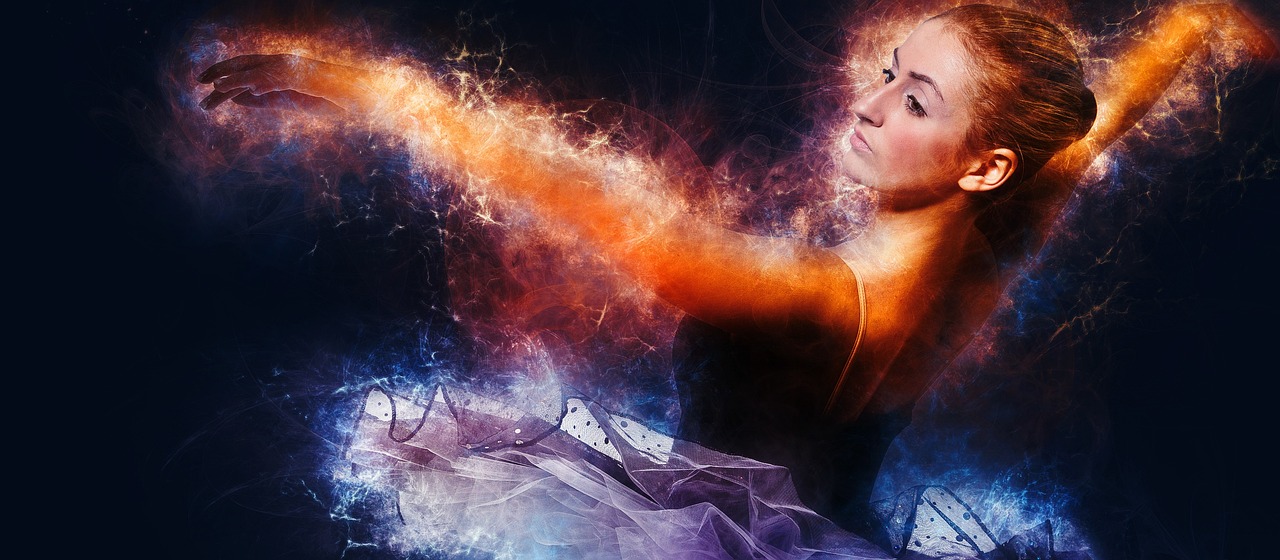
Modern Interpretations of Awa Odori
Modern Interpretations of Awa Odori have seen a fascinating evolution in recent years, blending traditional elements with contemporary influences to captivate new audiences. Artists and performers have creatively reimagined the dance, infusing it with modern flair while staying true to its cultural roots. This fusion of old and new has sparked a resurgence of interest in Awa Odori, making it relevant to younger generations and opening up new avenues for artistic expression.
One notable aspect of modern interpretations is the incorporation of technology into Awa Odori performances. Innovative light displays, interactive projections, and digital effects have been seamlessly integrated into the dance, adding a futuristic dimension to the traditional art form. These cutting-edge enhancements create a visually stunning spectacle that mesmerizes spectators and enhances the overall experience of Awa Odori.
Furthermore, contemporary music genres have been fused with the traditional sounds of Awa Odori, resulting in dynamic collaborations that push boundaries and challenge conventions. From hip-hop beats to electronic remixes, the fusion of different musical styles injects a fresh energy into the dance, appealing to diverse audiences and expanding the reach of Awa Odori beyond traditional boundaries.
In addition, modern interpretations of Awa Odori have found their way into popular culture, with references appearing in mainstream media, fashion, and entertainment. The dance has inspired fashion designers, choreographers, and artists worldwide, influencing trends and sparking creativity across various industries. By embracing modern influences and staying relevant in today's fast-paced world, Awa Odori continues to thrive and evolve, ensuring its enduring legacy for future generations to enjoy.
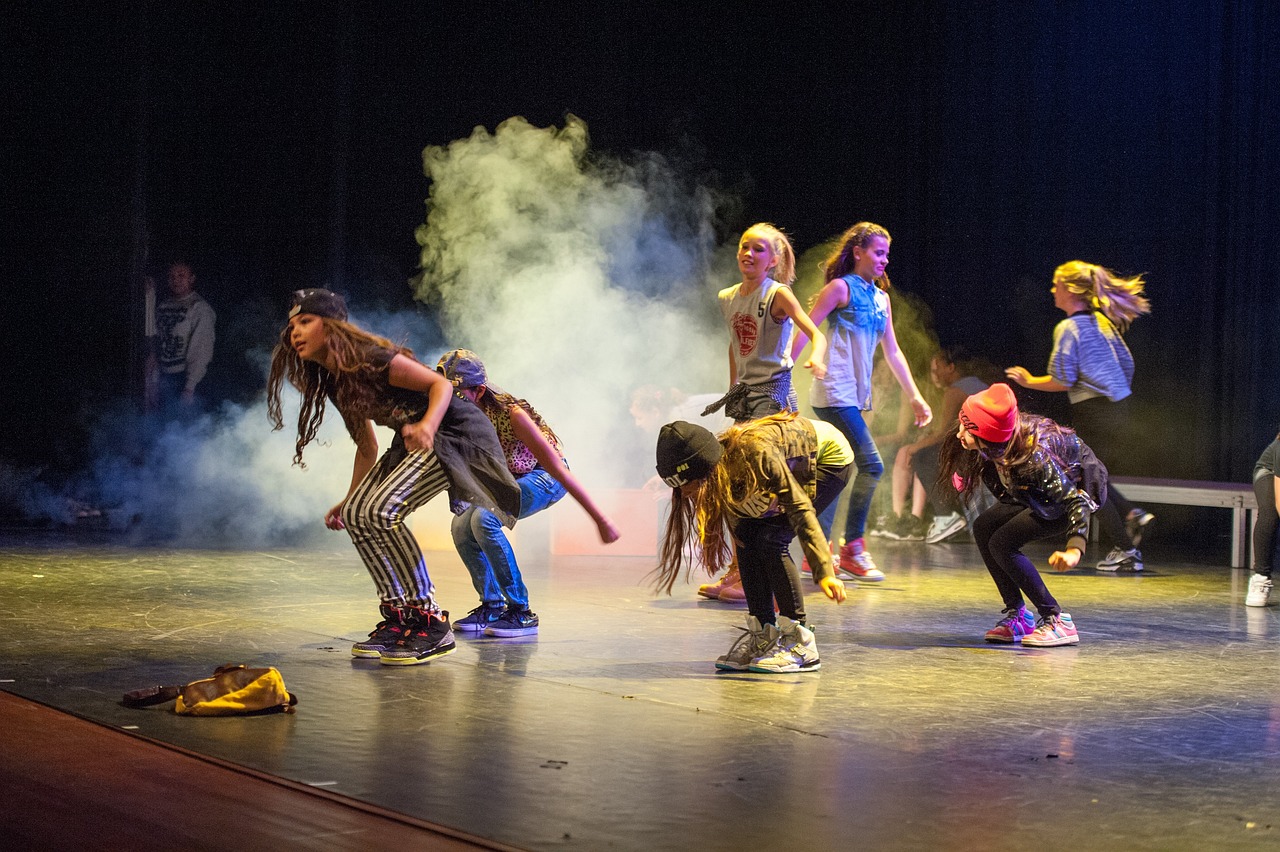
Preservation and Promotion of Awa Odori
Preservation and Promotion of Awa Odori is crucial in ensuring the longevity and global recognition of this cherished Japanese dance form. Efforts to safeguard the heritage of Awa Odori involve various cultural initiatives, educational programs, and international collaborations that aim to celebrate and preserve the essence of this traditional art.
Organizations dedicated to the preservation of Awa Odori work tirelessly to document its history, safeguard traditional dance moves, and educate the younger generation about its cultural significance. By passing down the knowledge and skills associated with Awa Odori, these initiatives play a vital role in keeping the art form alive for future generations.
In addition to preservation, the promotion of Awa Odori involves showcasing its beauty and vibrancy to a wider audience. Cultural events, workshops, and performances serve as platforms to introduce Awa Odori to both local communities and international spectators, fostering a deeper appreciation for this unique dance form.
Collaborations between artists, cultural institutions, and government bodies play a key role in promoting Awa Odori on a global scale. By organizing exchange programs, cultural festivals, and collaborative projects, stakeholders aim to raise awareness about Awa Odori and its cultural significance beyond the borders of Japan.
Furthermore, digital platforms and social media channels have become instrumental in promoting Awa Odori to a modern audience. Through online videos, live streams, and interactive content, enthusiasts from around the world can experience the energy and beauty of Awa Odori, transcending geographical boundaries and reaching a diverse global audience.
Frequently Asked Questions
- What is the history behind Awa Odori?
Awa Odori originated in the 16th century in Tokushima prefecture, Japan. It has since evolved into a popular summer festival known for its vibrant dance performances.
- Why is Awa Odori significant?
Awa Odori is not just a dance; it is a way to honor ancestors, celebrate life, and foster community spirit. It brings people together in a joyous and festive atmosphere.
- What kind of music accompanies Awa Odori?
Awa Odori is accompanied by traditional instruments such as shamisen, drums, and flutes, creating a rhythmic and captivating sound that enhances the dance performances.
- What are the dance moves like in Awa Odori?
The dance moves in Awa Odori are characterized by flowing arm gestures, rhythmic footwork, and coordinated group choreography that symbolize joy and celebration.
- What do the costumes in Awa Odori look like?
Awa Odori dancers wear colorful and elaborate costumes, including happi coats, straw hats, and traditional accessories that add to the visual spectacle and cultural richness of the performance.
- Can anyone participate in Awa Odori festivals?
Yes, Awa Odori festivals are open for both visitors and locals to join in the fun and experience the thrill and camaraderie of dancing in this lively tradition.
- How has Awa Odori been adapted in modern contexts?
Awa Odori has been reimagined in modern contexts through pop culture references, contemporary dance performances, and innovative interpretations that blend tradition with new artistic expressions.
- What efforts are being made to preserve and promote Awa Odori?
Various cultural initiatives, educational programs, and international collaborations are in place to ensure the legacy and global recognition of Awa Odori, aiming to preserve its traditional essence.


